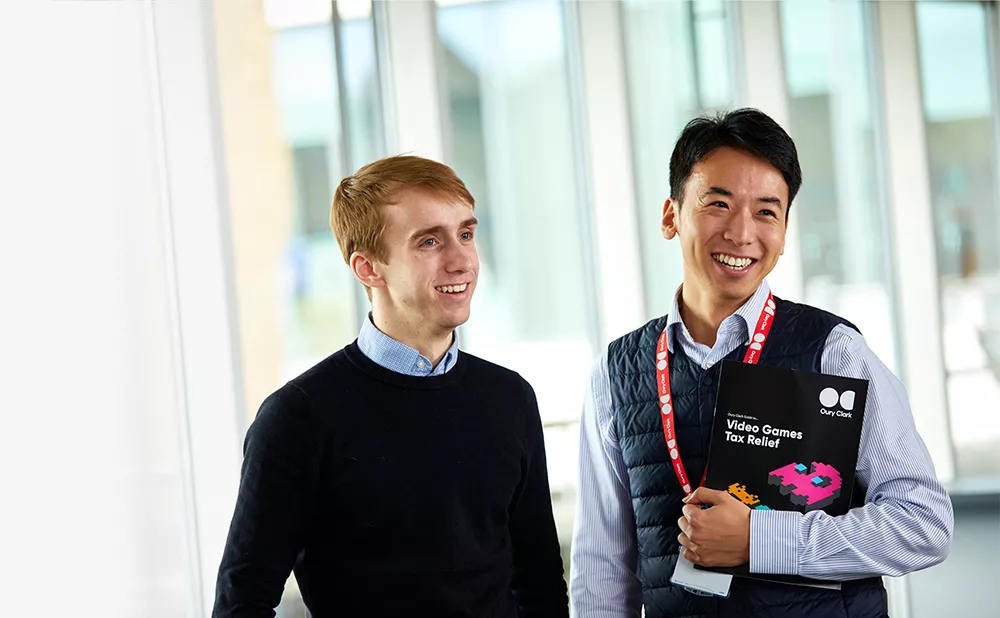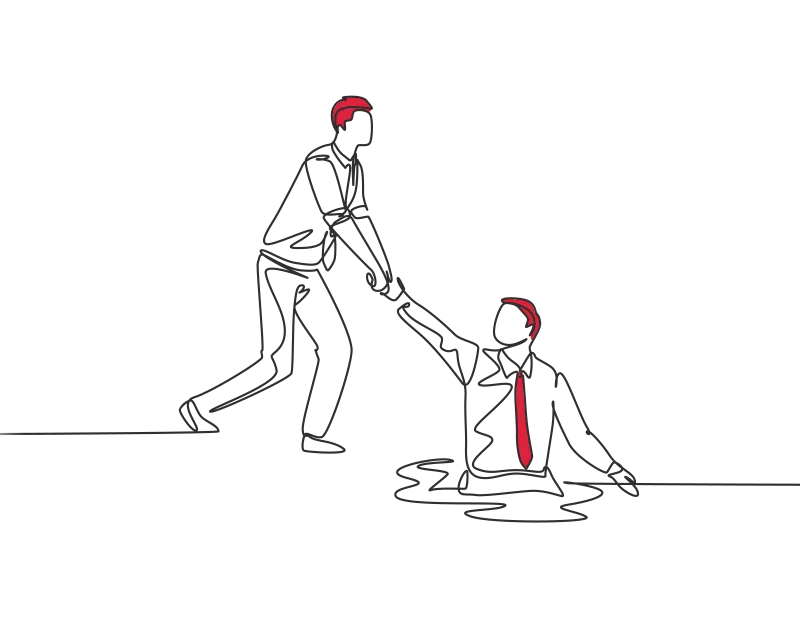Length of protection
A patent is initially granted for 5 years. After this, it can be renewed every year for a maximum of 20 years, subject to the payment of renewal fees.
What qualities are needed to create a patent?
Novelty: the invention must be new, and not the same as any design which is already publically available.
Inventive step: the invention must have an inventive step that is not obvious to someone with knowledge and experience in that field.
Industrial use :the invention must be capable of being made or used in some kind of industry.
There are certain inventions that cannot be patented. These exceptions are as follows:
- Scientific or mathematical discoveries, theories or methods.
- Literary, dramatic, musical or artistic work.
- Methods of doing business, playing a game or performing a mental act.
- Computer programmes.
- The presentation of information.
- Methods of medical treatment or diagnosis.
- Animal or plant varieties.
The application procedure
Application: To apply for a patent, the relevant application form (Form 1) must be completed together with certain supporting documentation:
- A full description of the invention.
- Drawings.
- An abstract.
- The claims made in respect of the invention.
The ‘Claims’ element of the application set out the main technical features of the invention and how the invention differs from others of the same class.
Search: After the application has been filed, provided that a search request has been made with the application (which we would always advise) it is checked against published patents to ensure that the invention is new and inventive.
Publication: If an application meets the requirements up to this stage, it will be published, normally just over 18 months after the filing date. Upon publication, any details that have been submitted will be made available to the public.
Substantive Examination: After the patent has been published, there is a substantive examination of the proposed patent and claims by an examiner to ensure that it meets all the legal requirements. If objections are raised, the applicant must address these in order to continue and have the patent granted.
Grant: If the substantive examination is approved and all legal requirements are met, the patent will be published in final form and a certificate sent to the inventor.
Timeframe and cost
The application for a patent is a long procedure. A typical application takes between 3 and 4 years from first application to grant; there is generally a time limit of 4½ years (which can be accelerated in rare cases).
The official fees for filing a patent application for patent are between £230 and £280 for the full process of preliminary examination, search and substantive examination, however legal fees are likely to be significantly.
After the first five years, a patent needs renewing each year. The current fee for renewal starts at £70 in the fifth year with an increase each year with a final renewal fee of £600 being payable in the 20th year.
Patents over software
Under UK law, business methods and computer programs must meet certain criteria in order to be patentable. This has resulted in the UK position on software patents being somewhat uncertain -some software inventions are patentable whilst others are not. In order for software to be patentable the applicant must show:
- there has been a technical step; and
- the contribution does not fall solely in the scope of any of the exceptions mentioned above.
By way of example, a piece of software which increases the efficiency of a business would not be capable of obtaining patent protection. The software would fall solely under the business methods exception and would not necessarily show that any technical step was involved.
In contrast, if a piece of software improves a current invention (e.g. the software is used to improve the breaking mechanism in a car) then it may be patented as the software in this case is not solely a computer program, but also involves a technical step.
Patents and Tax
It will sometimes be commercially sensible to segregate a patent and any other IP within a separate corporate entity from the rest of a business. Should anything happen to the broader business, control of the patent can be retained for future use. Moreover, the patent may be transferred to a commercial entity in a lower taxed jurisdiction, where licence fees or royalties for use can be levied.
Patent Box
The Patent Box regime was introduced in the UK in April 2013, with a view to encouraging companies to locate high-value jobs and activity associated with the development, manufacture and exploitation of patents in the UK.
For qualifying companies, income from profits of patented products and other qualifying intellectual property rights will from 2017 benefit from a lower rate of corporation tax – just 10% (normal rates would be 20% or23%).
To qualify for Patent Box tax relief the company must:
- hold a UK or EU patent; or
- hold an exclusive licence to use a potential product; and
- have undertaken development on a patented or licensed item, including any product incorporating the patented invention.
European and Worldwide
Applying for a patent in the UK only protects an invention within the UK. For further protection, a patent can be registered as a European Patent by an application to the European Patent Office or applications may be made to register in various other countries taking advantage of the Patent Co-operation Treaty, through an application to the World Intellectual Property Organisation (WIPO).
At Oury Clark, we work alongside patent attorneys across various fields of technical specialisations in order to help our clients assess the patentability of their inventions and to apply for registered protection on their behalf.
If you require any further information or assistance to in connection with inventions that you think may be patentable then please contact: contact@ouryclark.com








